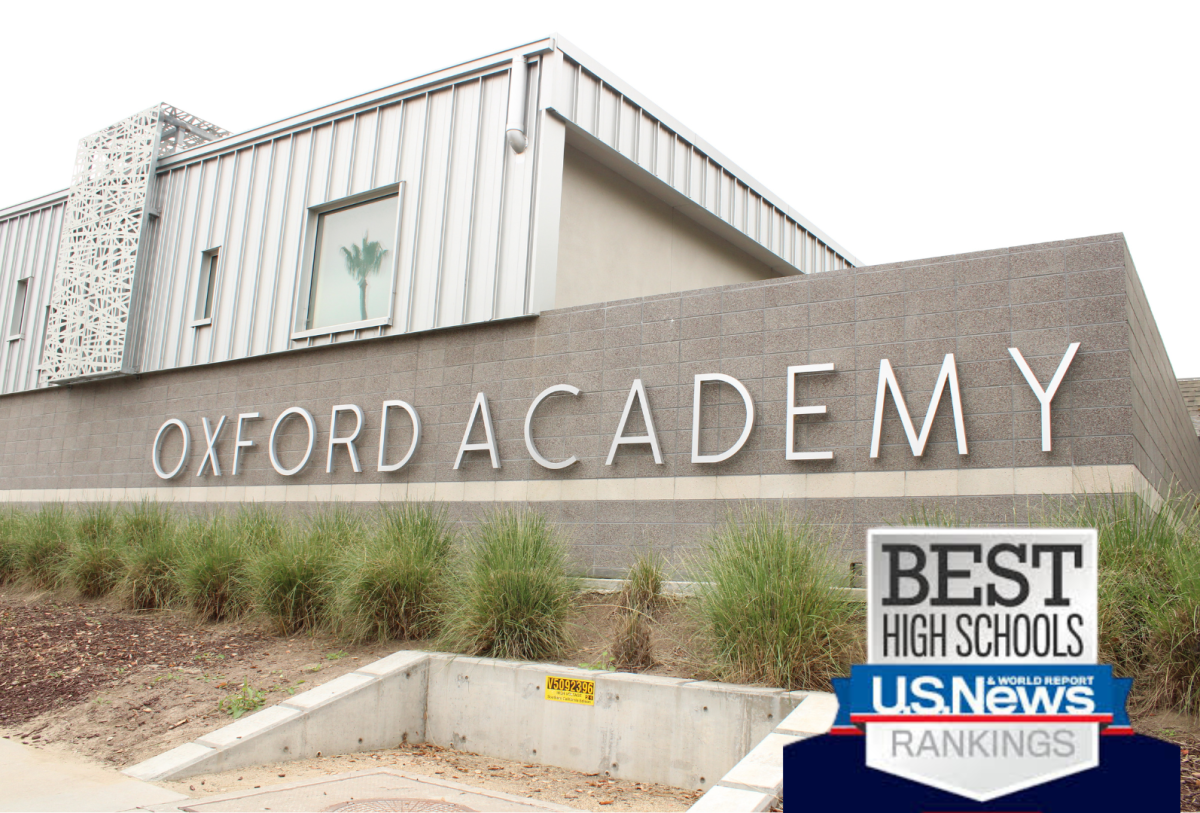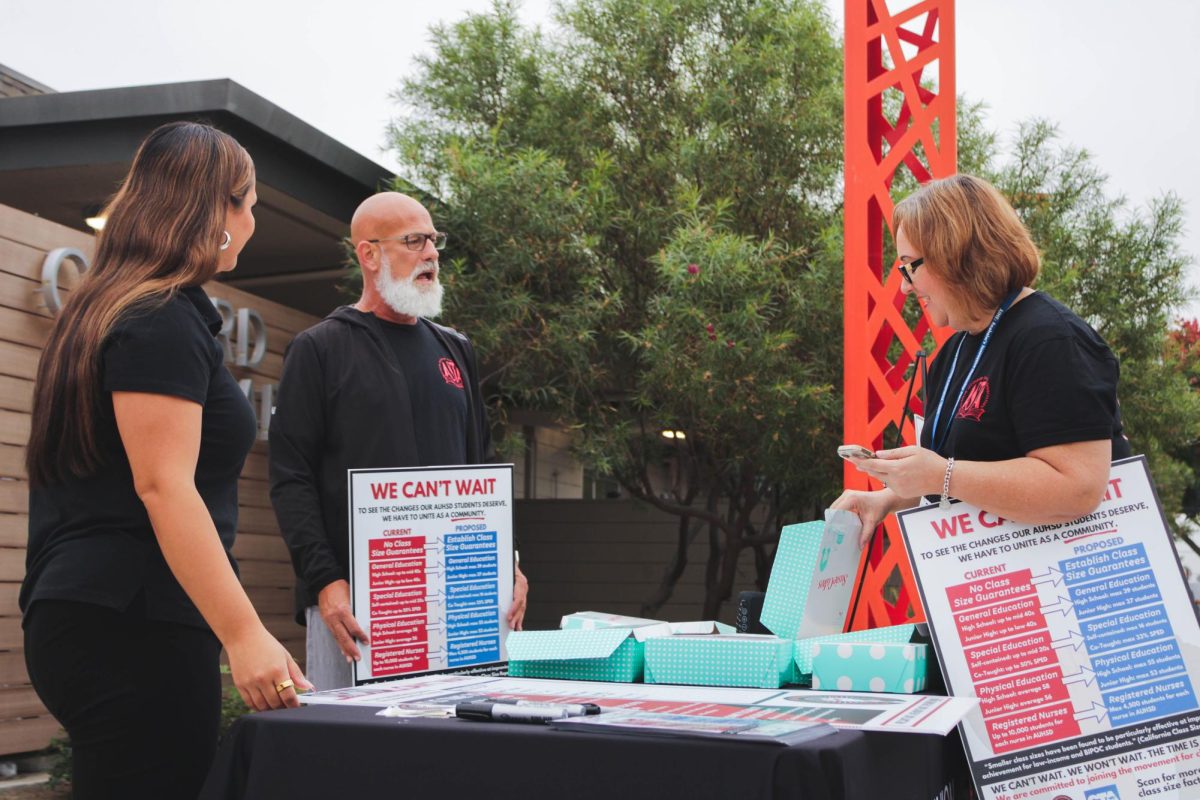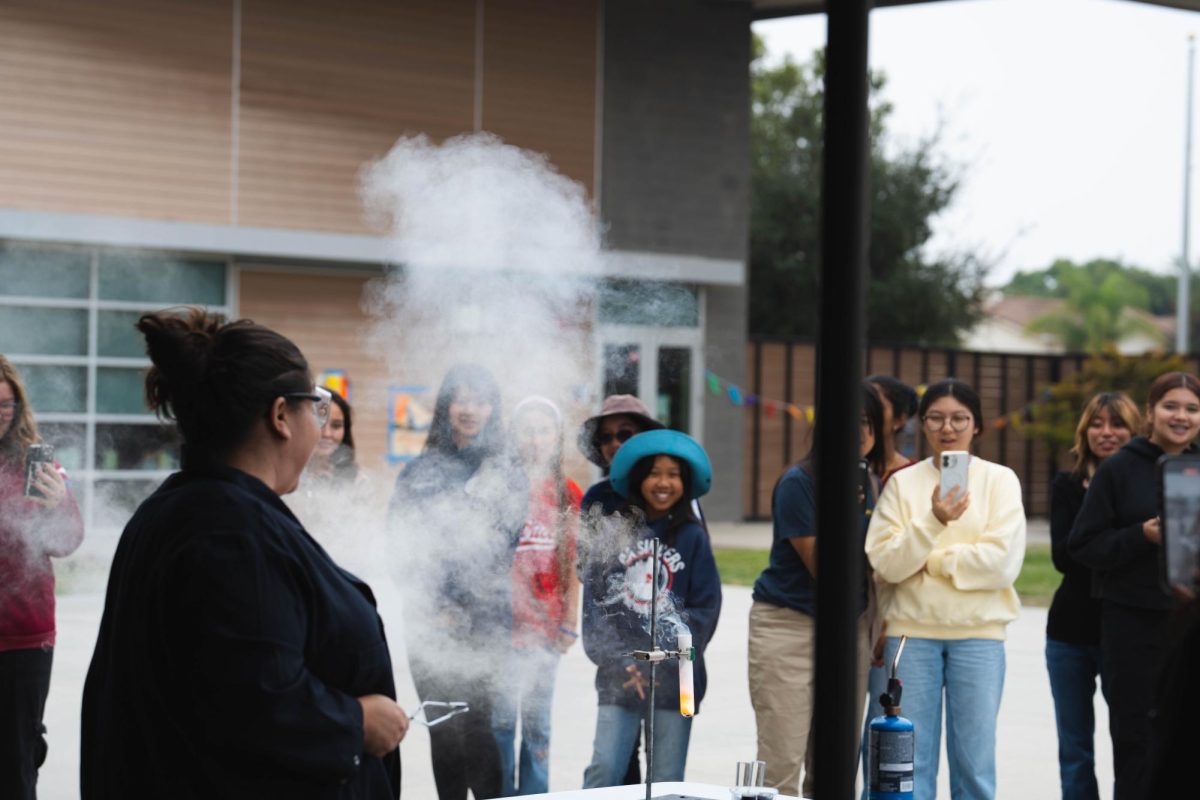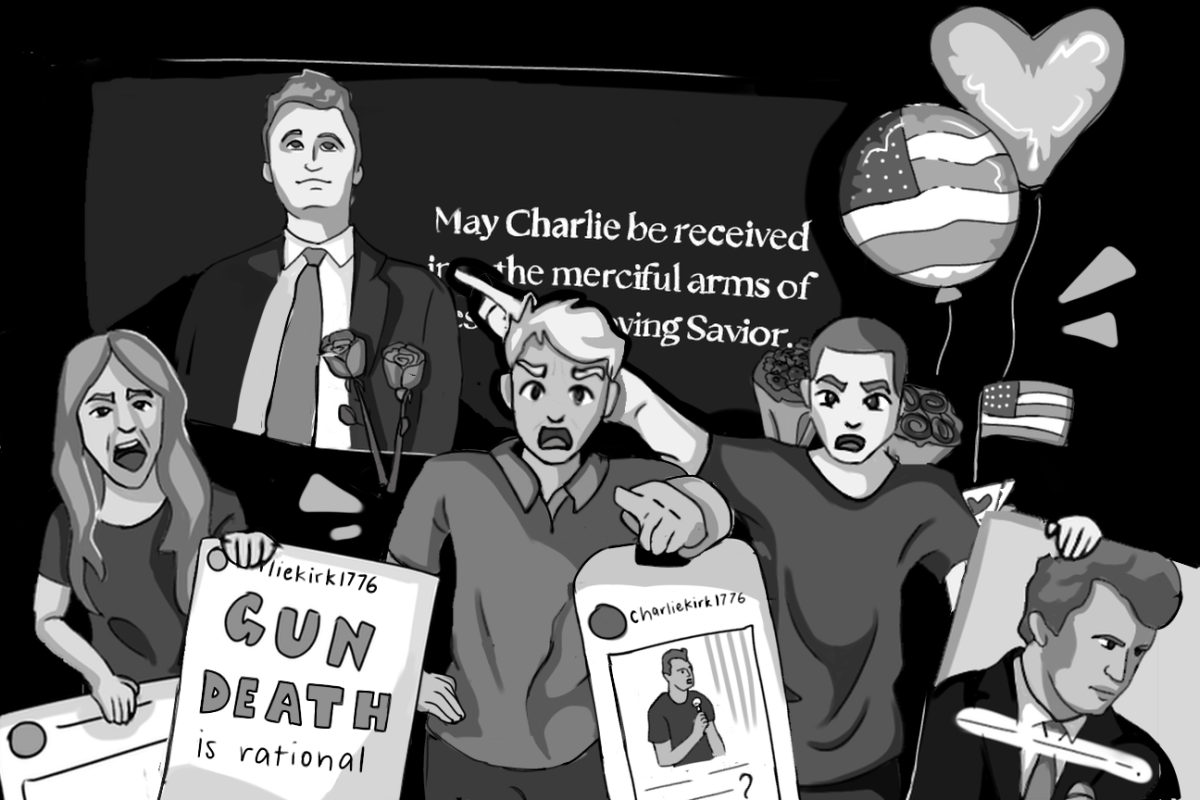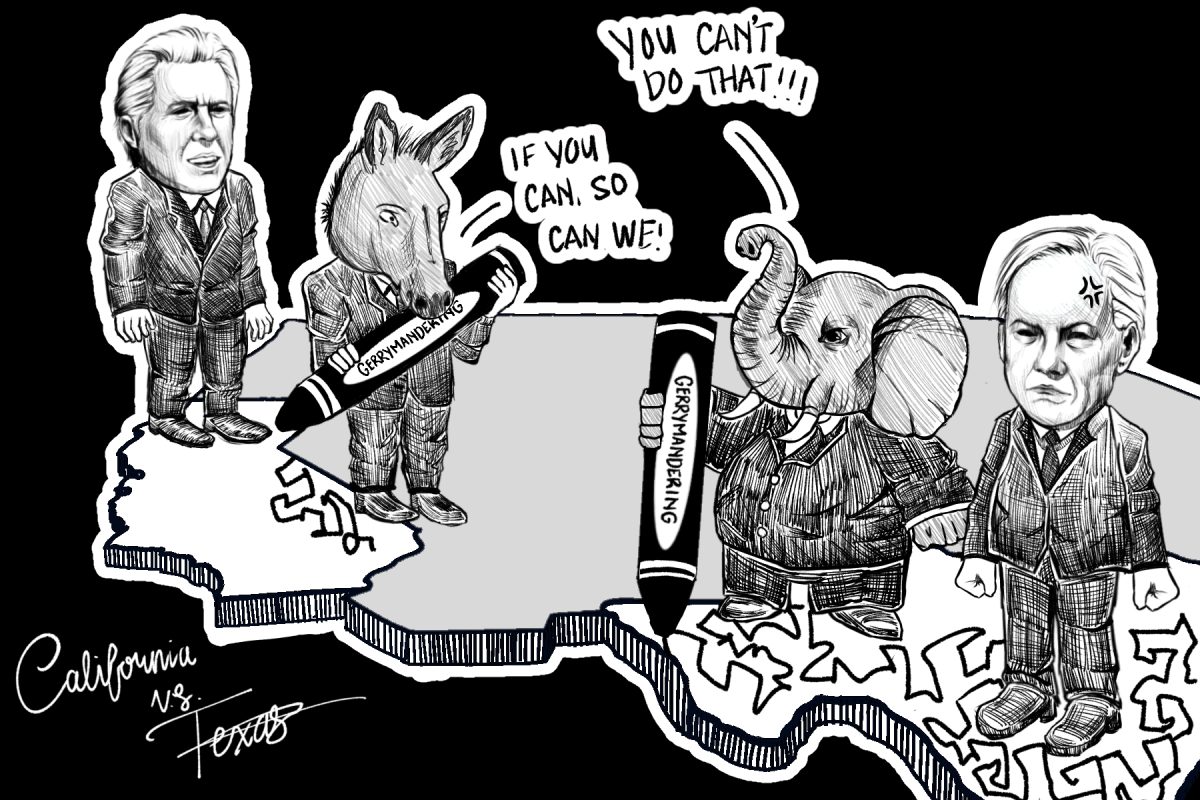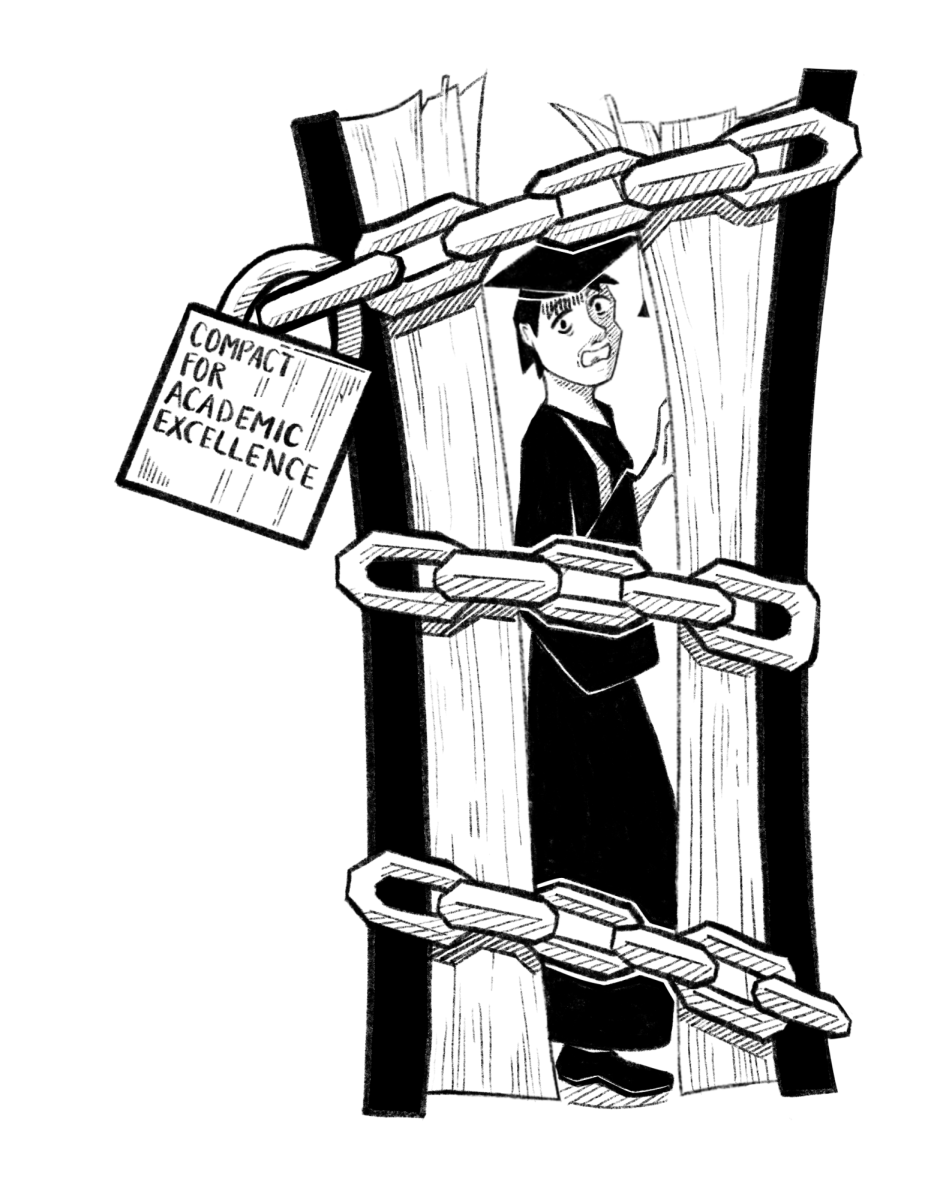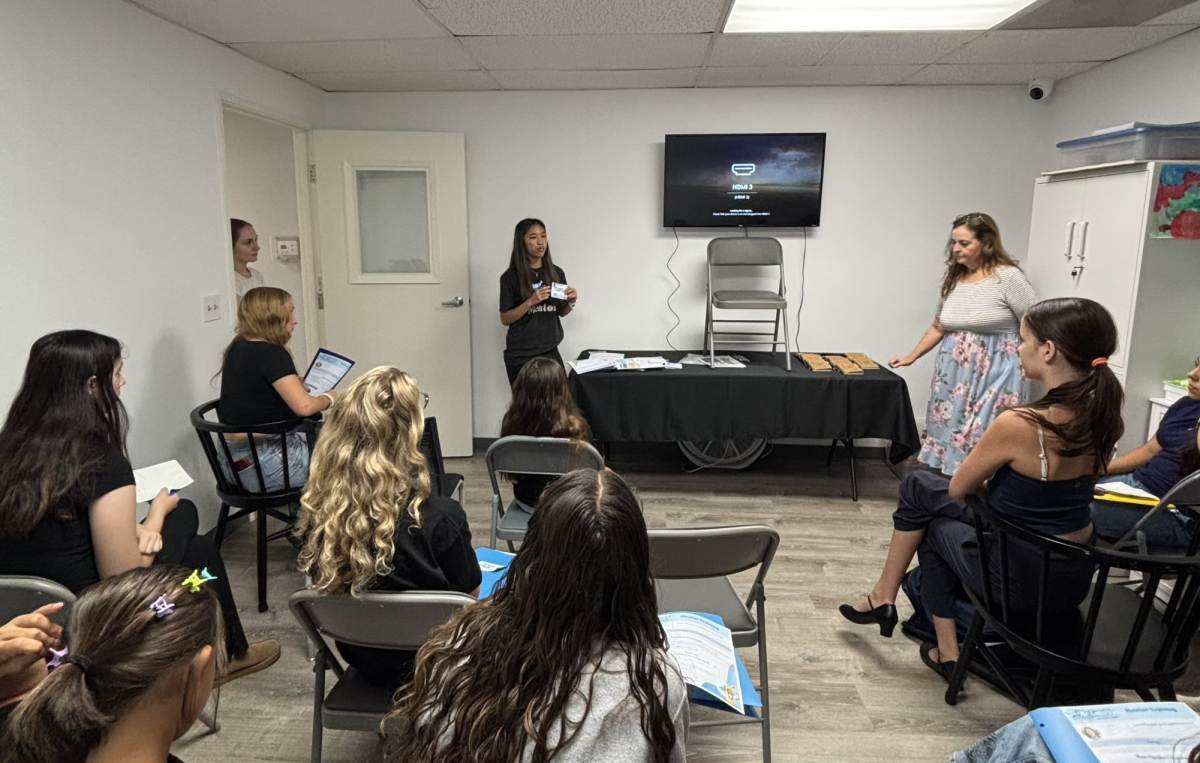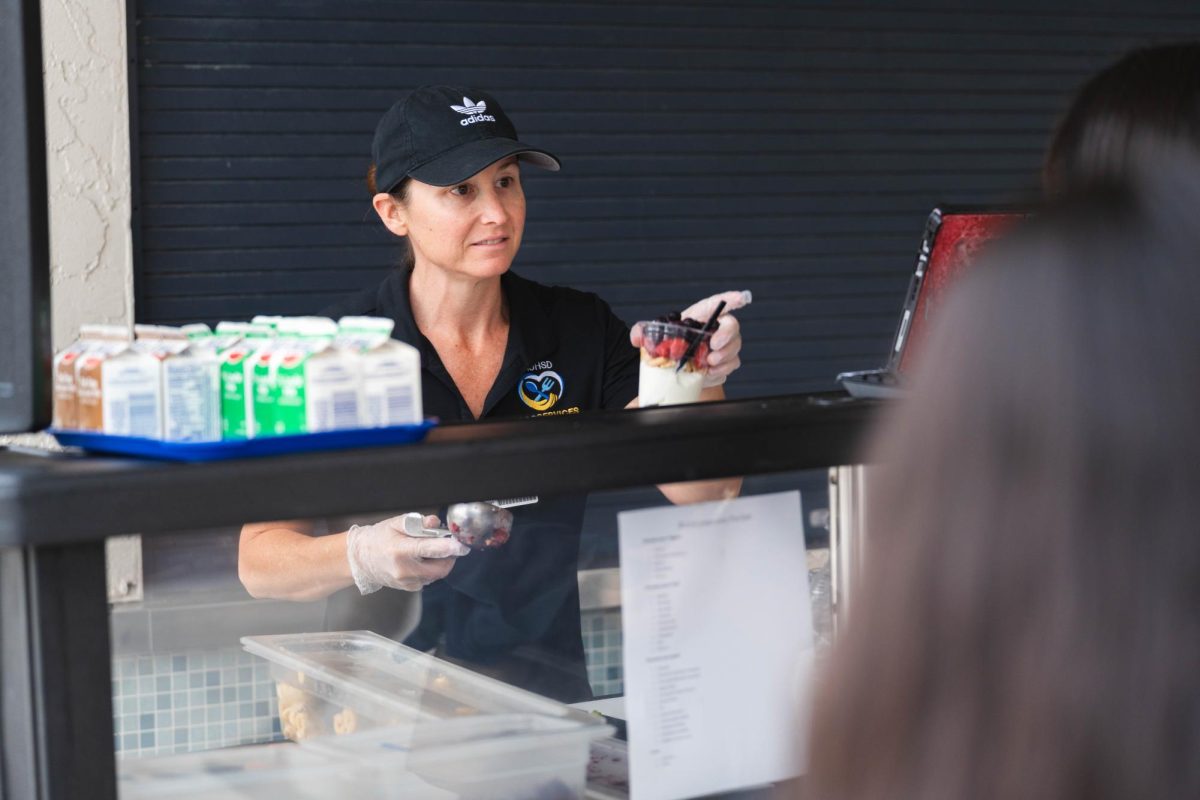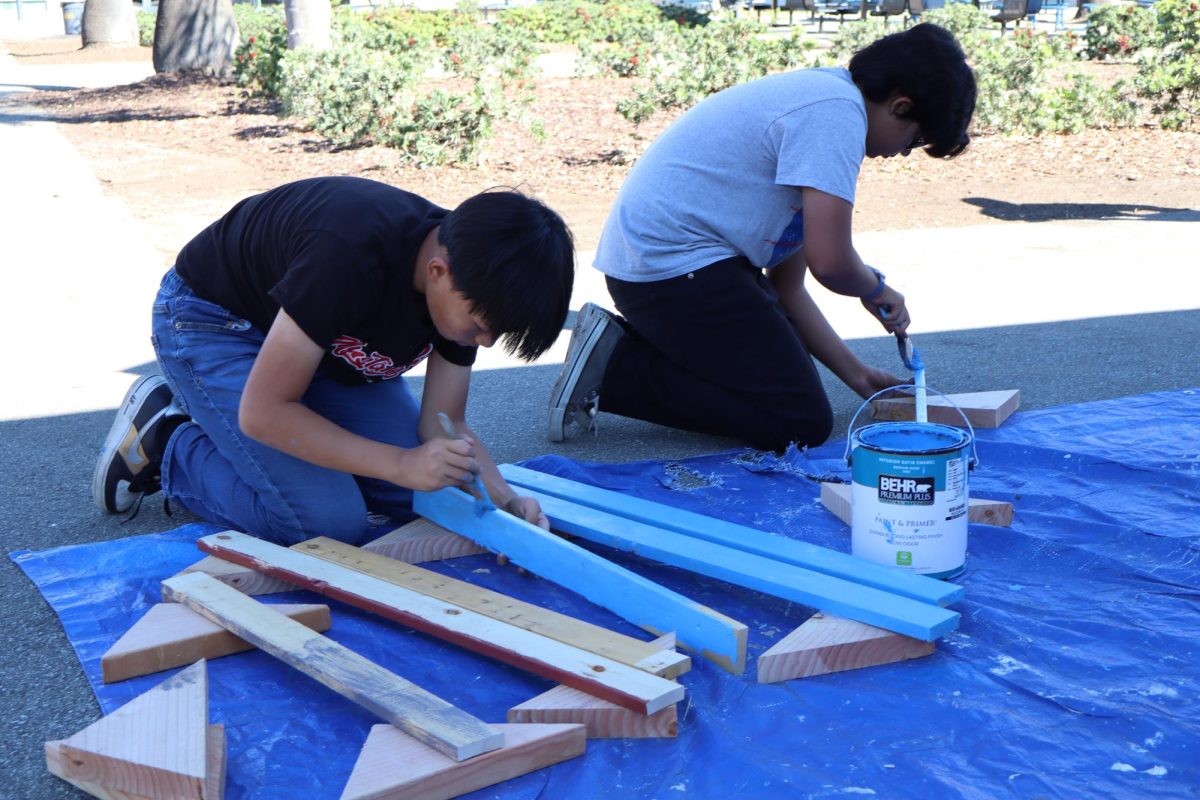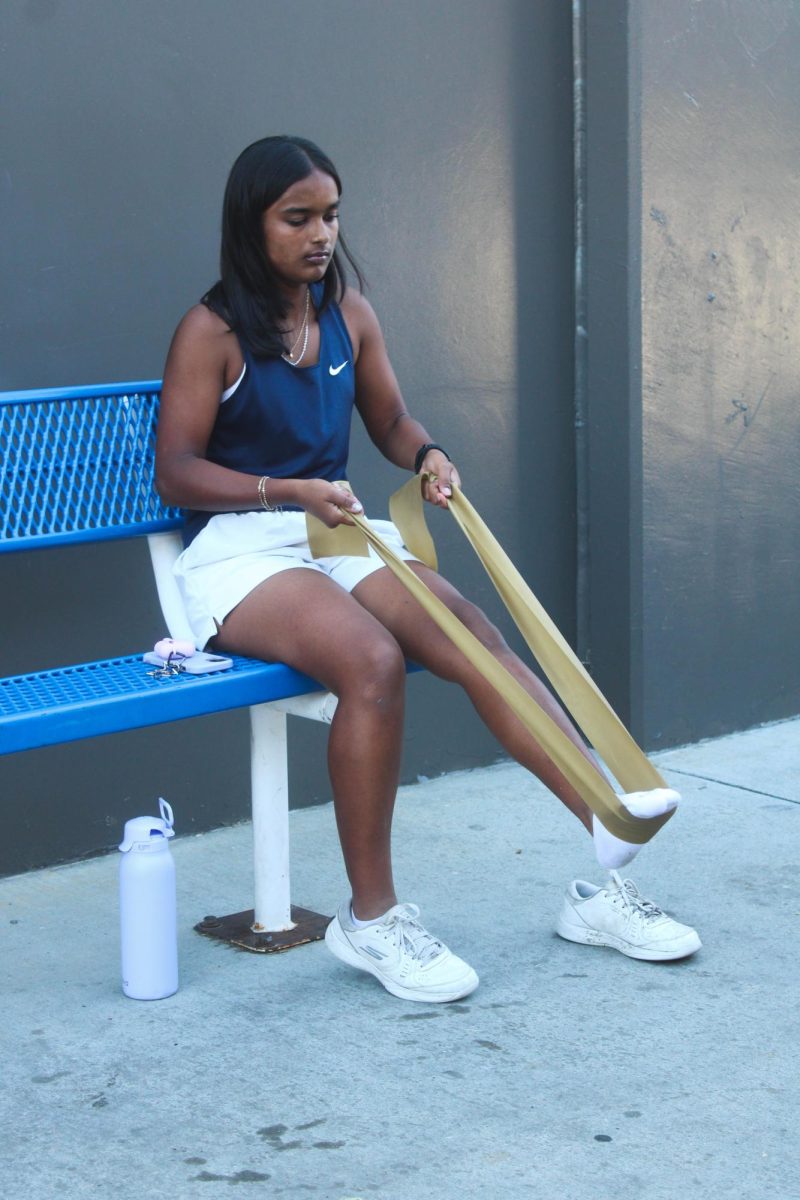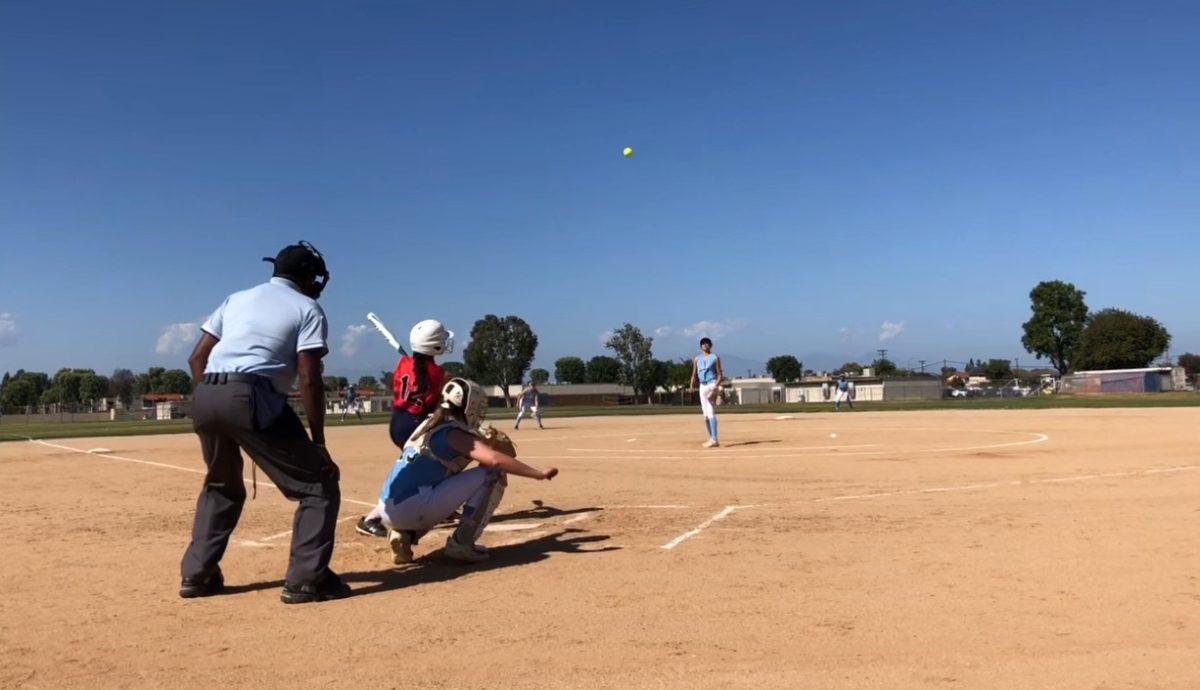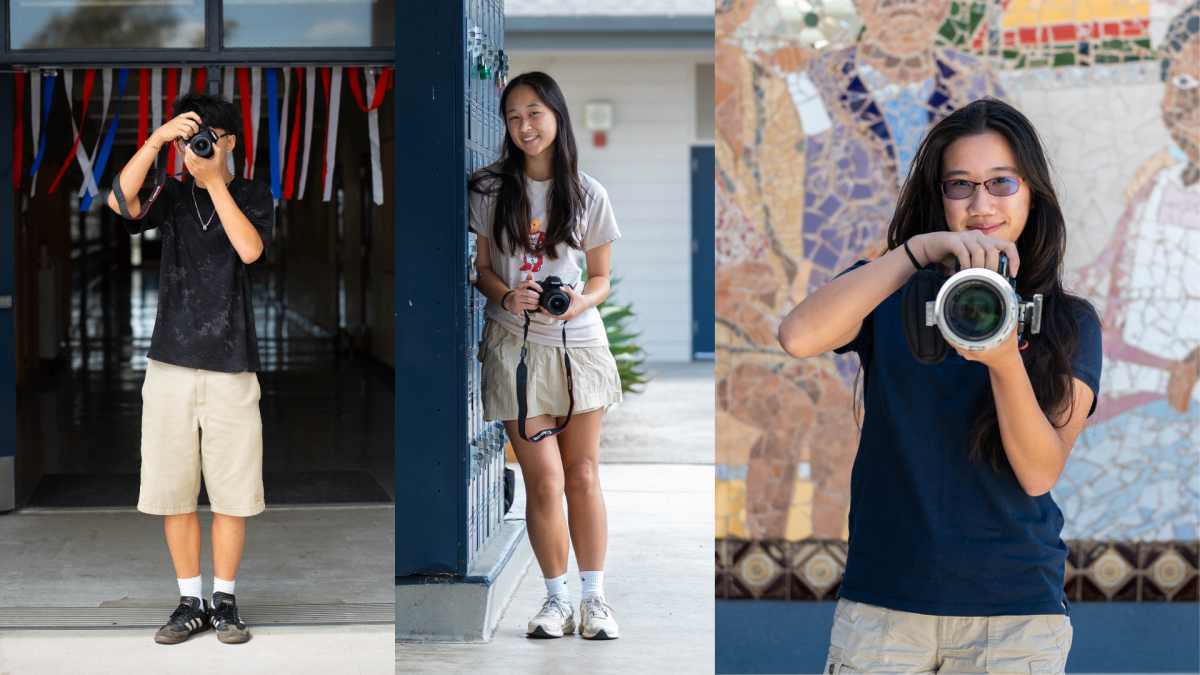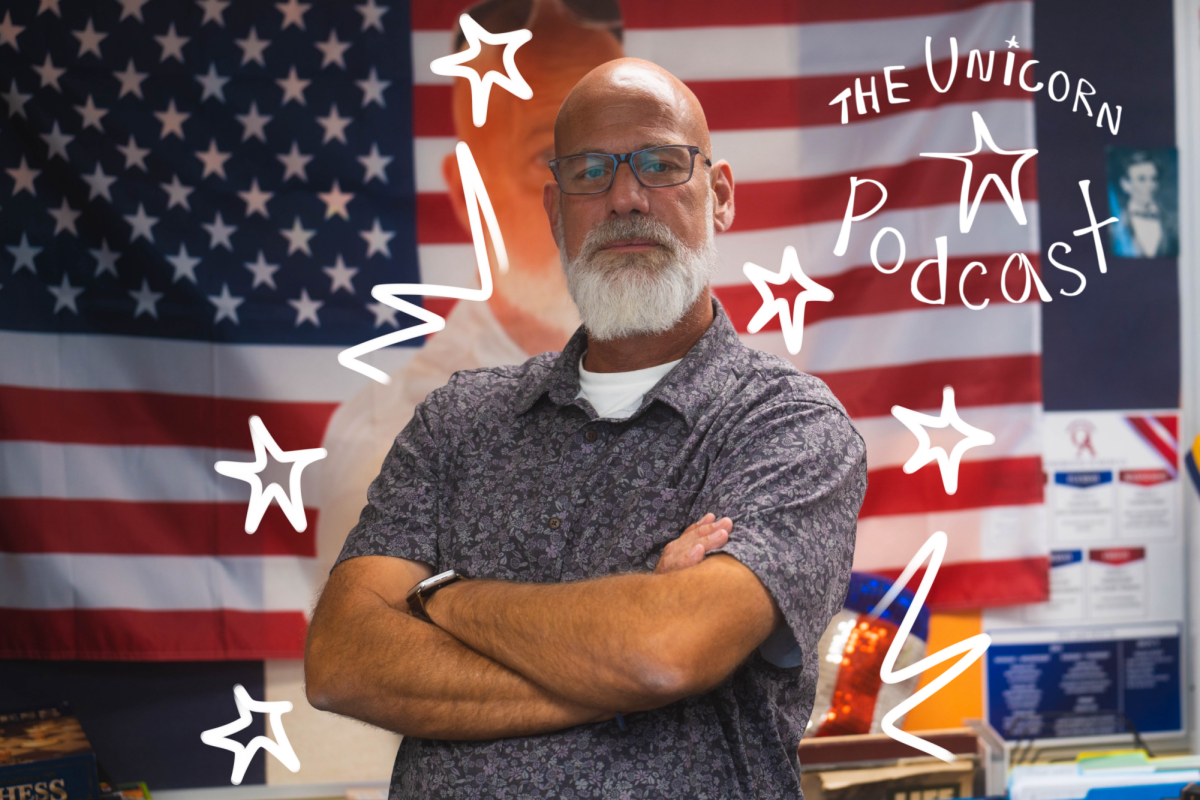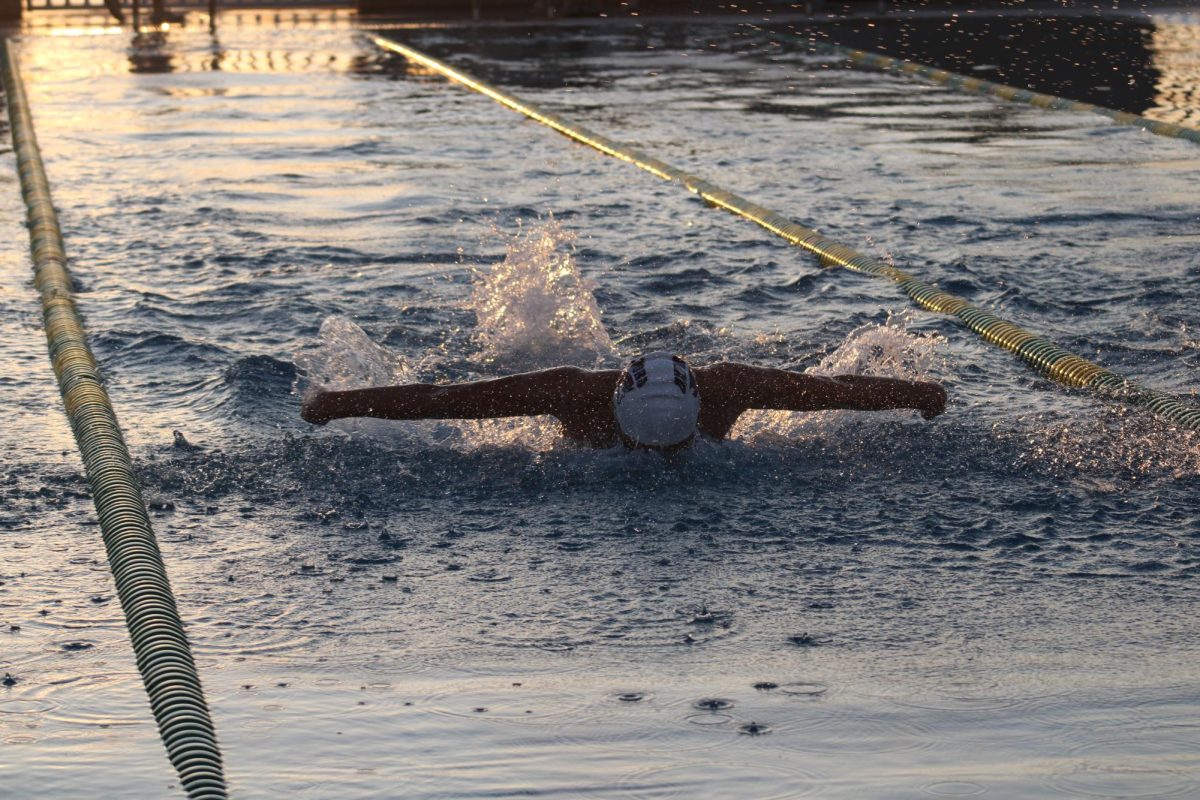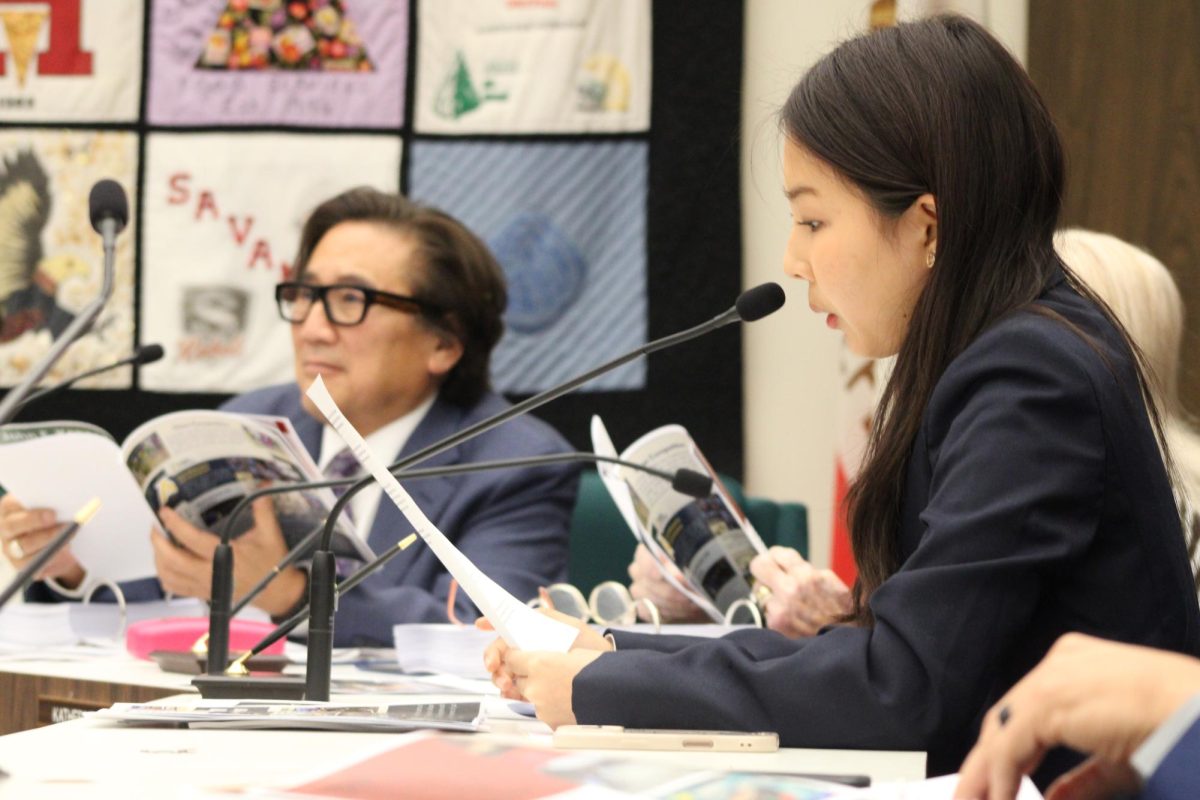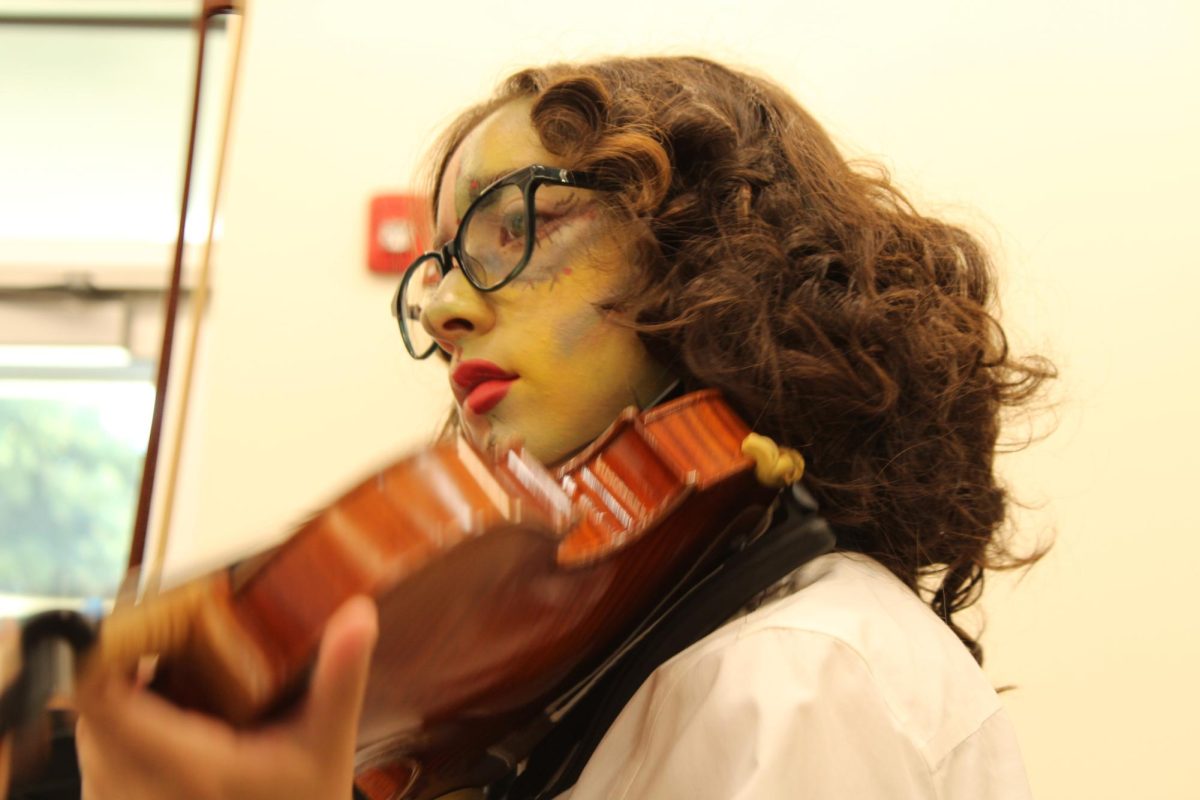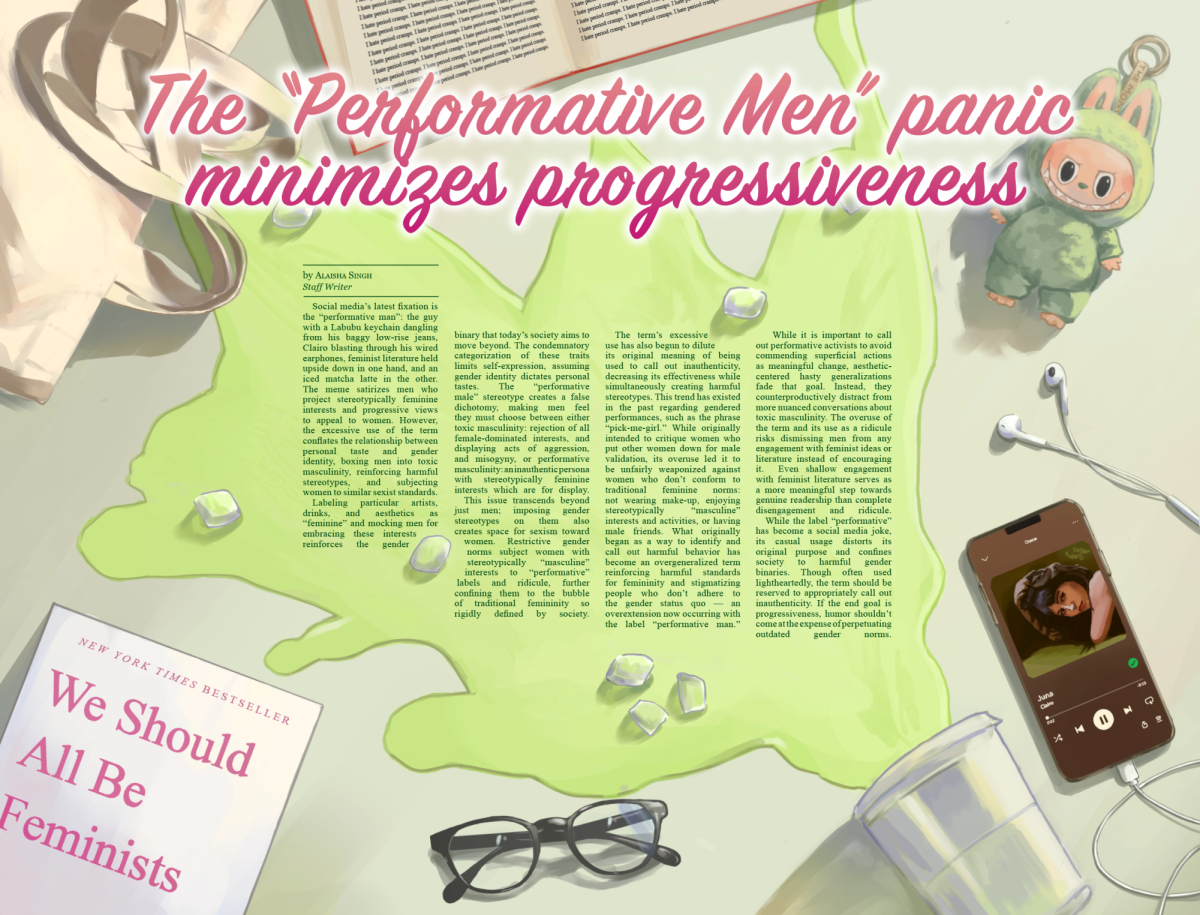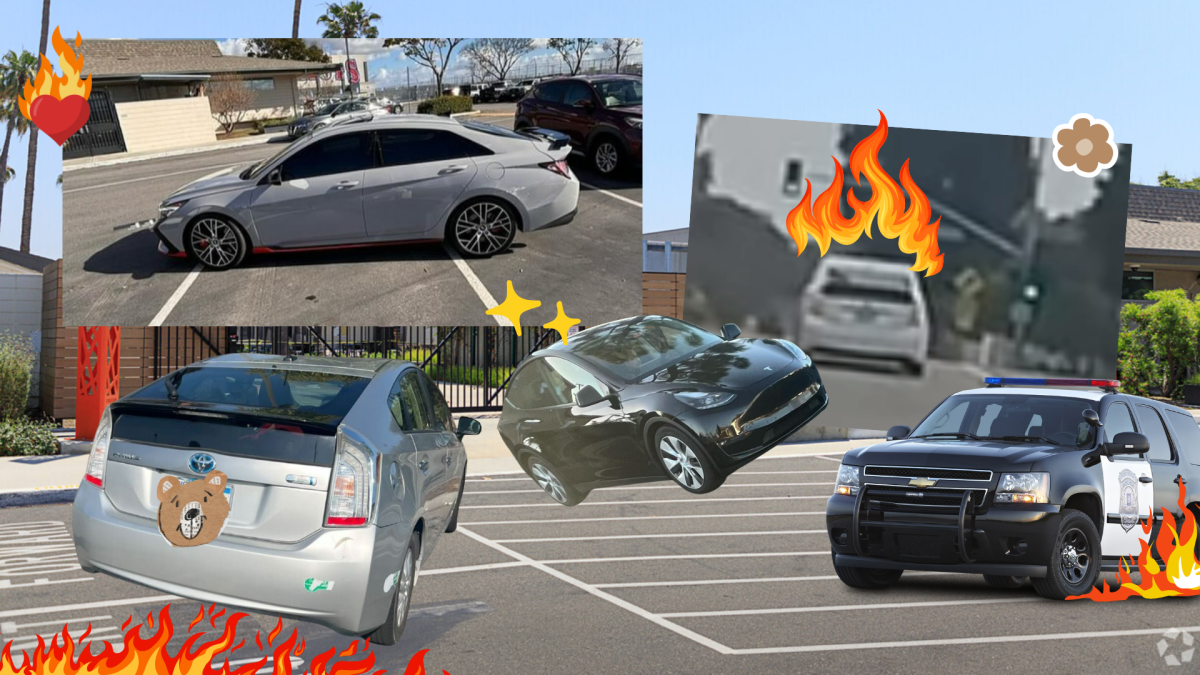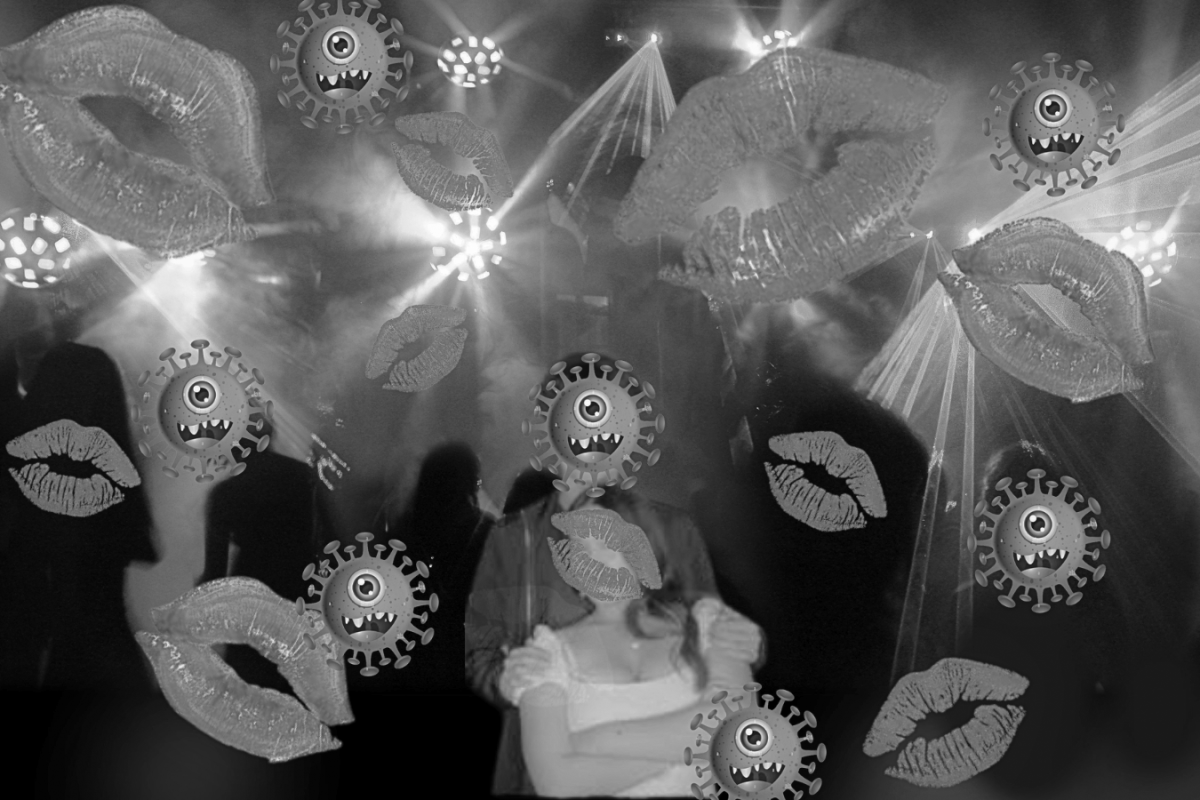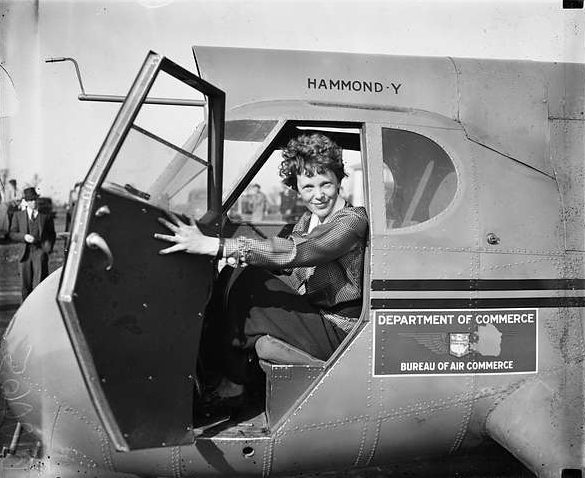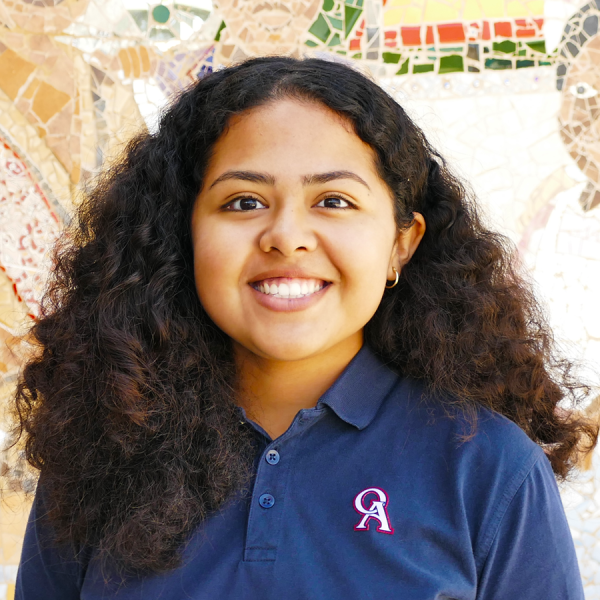The appearance of Amelia Earhart’s lost plane from her attempted 1937 flight around the globe is suggested in newly released results from an expedition in Nov. 2023. Earhart’s sudden disappearance during her voyage, became one of the biggest mysteries in aviation history after she never arrived at her refuel destination.
Deep Sea Vision (DSV), a company dedicated to providing Autonomous Underwater Vehicles (AUV) and other equipment for government support, led the voyage that discovered the suspected Lockheed Electra 10e. DSV’s CEO, Tony Romeo, along with his crew, calculated the coordinates of the supposed crash’s area and captured an underwater sonar image that roughly resembles the traits of Earhart’s plane.
DSV workers have not received the opportunity to return to the suspected site of the plane since the AUV’s camera broke early in the expedition, though they have plans to return to record the plane underwater and confirm the find.
“The next step is confirmation — we’ve got to go back out with different sorts of sensors and really photograph it well and take a look at how the artifact is sitting on the seabed.”
Years could elapse before receiving confirmation on the find, considering the costly qualities of the task, but many are excited to uncover the truth. Romeo already invested $11 million into the voyage from selling a portion of his real estate holdings, but he has different plans for the next attempt.
“Lots of people will be involved. The Smithsonian, the family, there’ll be some investors involved because it’ll be an expensive operation,” said Romeo.“Then we’re thinking: ‘How do we lift the plane? How do we salvage it?'”
However, before DSV begins their next expedition, critics are in disagreement of the similarity of the image to Earhart’s Lockheed Electra 10e since sonar images are often difficult to distinguish due to commonly warped ultrasonic signals and the distance from the site. Although it may resemble Earhart’s plane, there’s a high possibility that it is another piece of aircraft, or something else entirely.
“The sound wave, because it’s so big, can’t see fine detail,” said Nauticos engineer David Jourdan, who led searches for Earhart’s plane in years prior. “It can be distorted by reflections, like taking a picture of a mirror.”
Others claim that the characteristics of the aircraft do not quite match Earhart’s, but it’s plausible that the plane has undergone natural alterations after being subject to the sea for decades.
Despite the uncertainty, the recent findings of what could mark the end to nearly a century’s long mystery make the seemingly unsolvable case appear closer to a conclusion than ever before.
Earhart’s family is hoping this is the final chapter of her puzzle, and has plans to return the pilot’s remains to her birthplace Atchison, Kansas, and to send her aircraft to the Smithsonian National Air and Space Museum.
“It’s one of the more promising leads that anyone has found in almost 87 years of searching,” Earhart’s great nephew Bram Keppler said. “ It’ll be really exciting to see what they find.”

